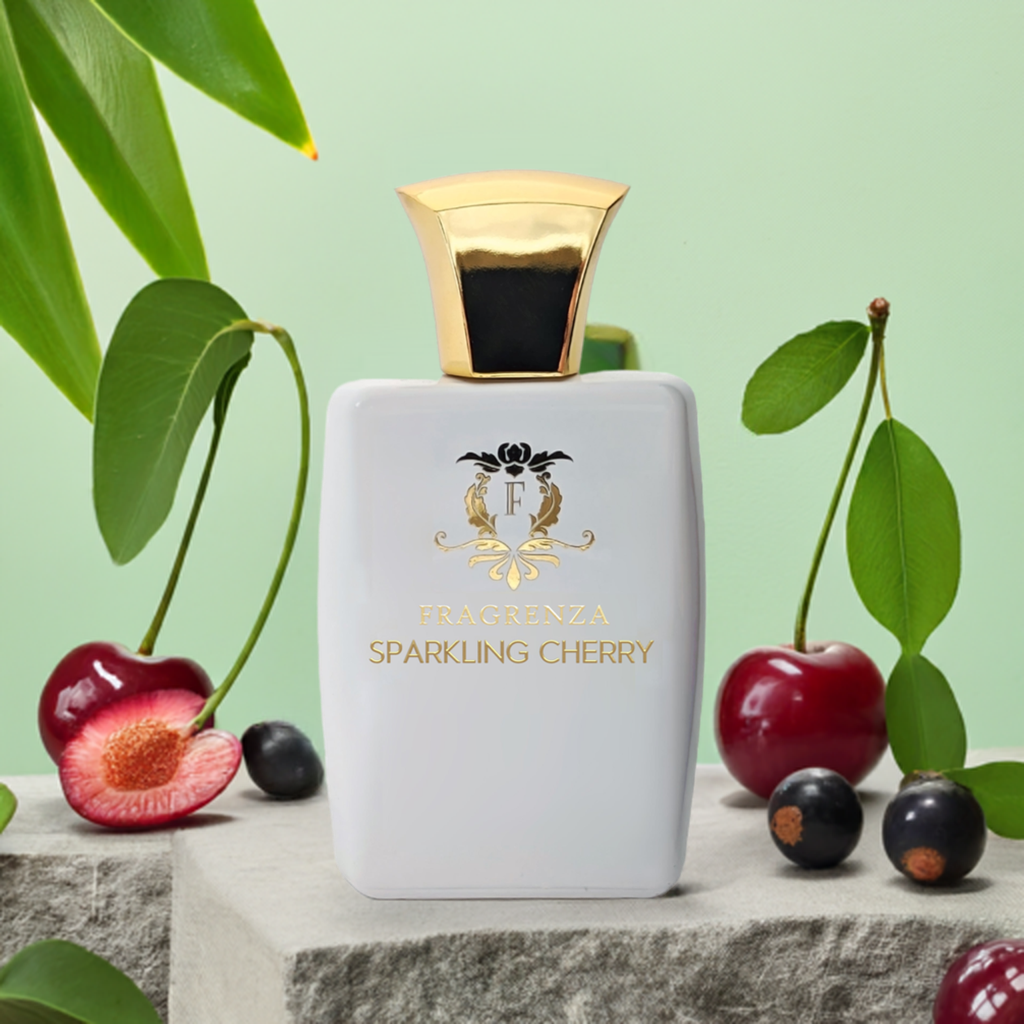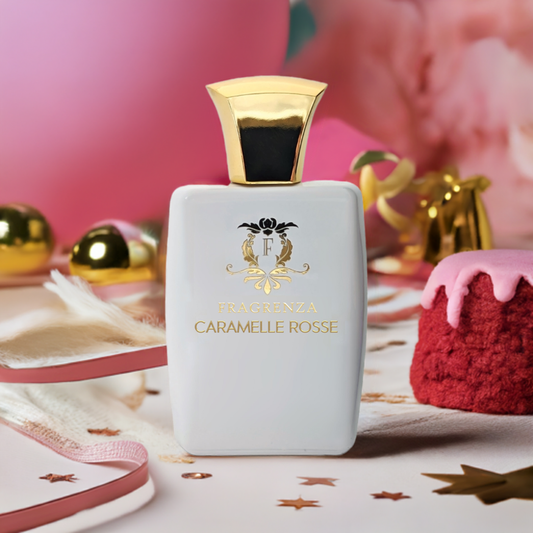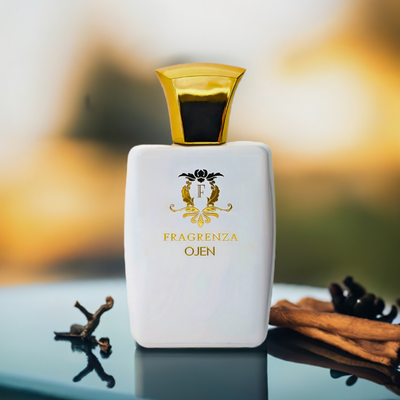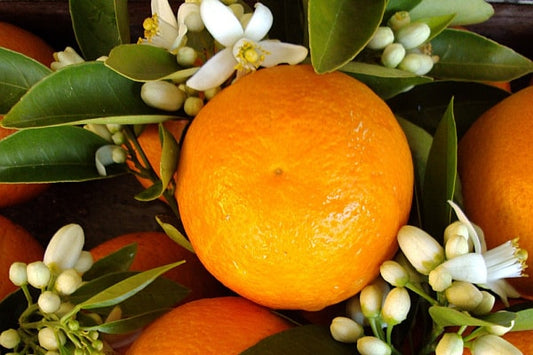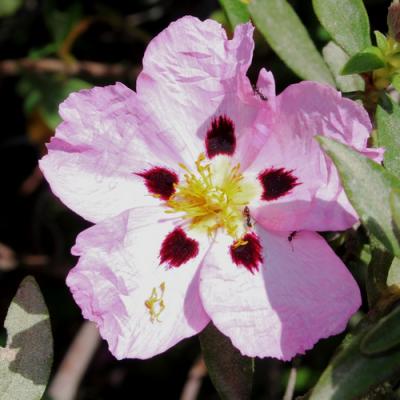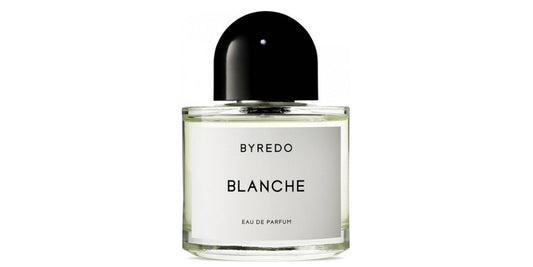Osmanthus in perfumery
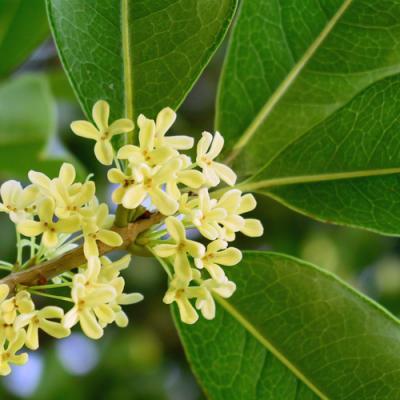
In This Article
Osmanthus: Hints of the Rising Sun
Osmanthus is an incredibly rich and versatile fragrance ingredient. Its notes are smooth, velvety, and dense, creating a texture reminiscent of peach skin. Perfumers have an inexhaustible olfactory palette when working with osmanthus, which presents sweet, honeyed, tangy, juicy, floral, and even animalistic and leathery facets. This remarkable ingredient gained recognition thanks to Jean Patou's perfume 1000, renowned for its daring composition. In this floral chypre, osmanthus serves as a heart note, masterfully paired with violet, rose, and jasmine. Combined with the chypre and woody notes that Jean Patou incorporated, 1000 is an exuberant and extravagant fragrance. Since then, osmanthus has attracted other noses, and many perfumers have created soliflores or solinotes to highlight osmanthus.
The Association of Osmanthus with Different Olfactory Families
As an iconic Chinese shrub, osmanthus produces lovely fragrant flowers. A true treasure for perfumers, osmanthus dazzles with its diverse and captivating scents. Currently on-trend, osmanthus pairs perfectly with floral, fruity, spicy, and woody notes, serving as a delightful source of inspiration.
Fun Facts About Osmanthus
- Osmanthus is known as "the perfume plant" due to its highly fragrant flowers.
- It is traditionally used in Chinese cuisine to flavor teas, jams, and desserts.
- In Chinese culture, osmanthus symbolizes love and romance, and it is often associated with the moon and the Mid-Autumn Festival.
- The name "osmanthus" comes from the Greek words "osme," meaning "fragrance," and "anthos," meaning "flower."
